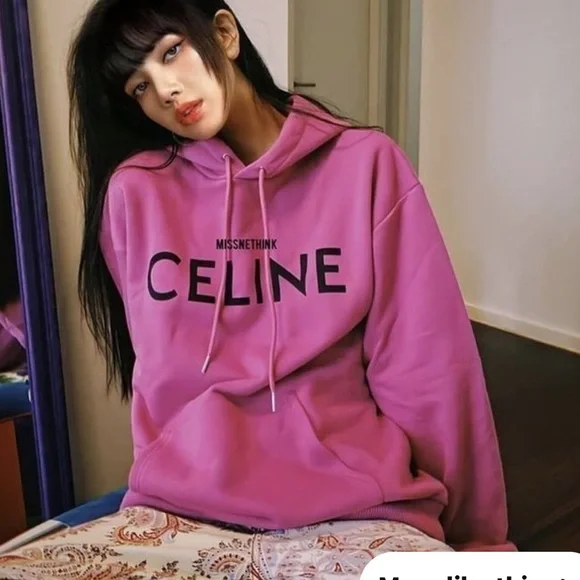
In the ever-evolving landscape of the textile industry, one cannot underestimate the pivotal role that fashion has played in driving innovation. Visit now celinehoodieshop From the early days of textile production to the cutting-edge technologies of today, the fashion industry has been a catalyst for change, pushing the boundaries of creativity, sustainability, and functionality. In this comprehensive article, we will delve deep into how fashion has been a driving force behind the transformation of the textile industry.
Fashion’s influence on textiles dates back centuries. In ancient civilizations, such as Egypt and Mesopotamia, textiles were not only utilitarian but also symbolic of social status. The intricate designs and craftsmanship of garments showcased the artistic prowess of these cultures. Fashion, even in its nascent form, was already shaping the textile industry by demanding higher-quality fabrics and designs.
During the Renaissance, Europe witnessed a revival of art, culture, and fashion. This era saw the emergence of sumptuous fabrics like silk and velvet, which were prized for their luxurious textures. The demand for these opulent textiles fueled innovation in dyeing techniques and weaving methods. As fashion became more elaborate, the textile industry responded with intricate patterns and exquisite materials.
The Industrial Revolution marked a seismic shift in the textile industry. The invention of mechanized looms and spinning machines transformed the production process. Check it now representofficials Fashion played a significant role in this transition as the demand for affordable, mass-produced clothing grew. Textile factories, driven by the need to supply fashion trends quickly and cost-effectively, adopted these new technologies, forever changing the landscape of textile manufacturing.
In recent decades, the textile industry has faced increasing scrutiny for its environmental and ethical impact. The fashion industry, however, has emerged as a driving force for change in this regard. Sustainable fashion practices, including the use of eco-friendly materials and ethical labor practices, have gained momentum. Brands that prioritize sustainability are influencing the entire textile supply chain, from fiber production to consumer disposal.
Fashion designers are constantly exploring innovative materials, such as organic cotton, bamboo, and recycled fibers, to create clothing that is both stylish and environmentally friendly. These materials reduce the ecological footprint of the textile industry, addressing concerns about water usage, chemical pollution, and textile waste.
The intersection of fashion and technology has led to the development of smart fabrics and wearable technology. These fabrics are embedded with sensors, allowing clothing to monitor health metrics, adjust temperature, or even provide augmented reality experiences. Fashion brands are at the forefront of adopting these technologies, driving innovation in textiles that extend beyond aesthetics.
Fashion has consistently been at the forefront of innovation in the textile industry. From the artistic craftsmanship of ancient civilizations to the mass production of the Industrial Revolution and the sustainable practices of today, fashion has shaped the trajectory of textile manufacturing. As we look ahead, the partnership between fashion and textiles promises to bring even more exciting developments, further cementing the industry’s role as a driver of progress and change.